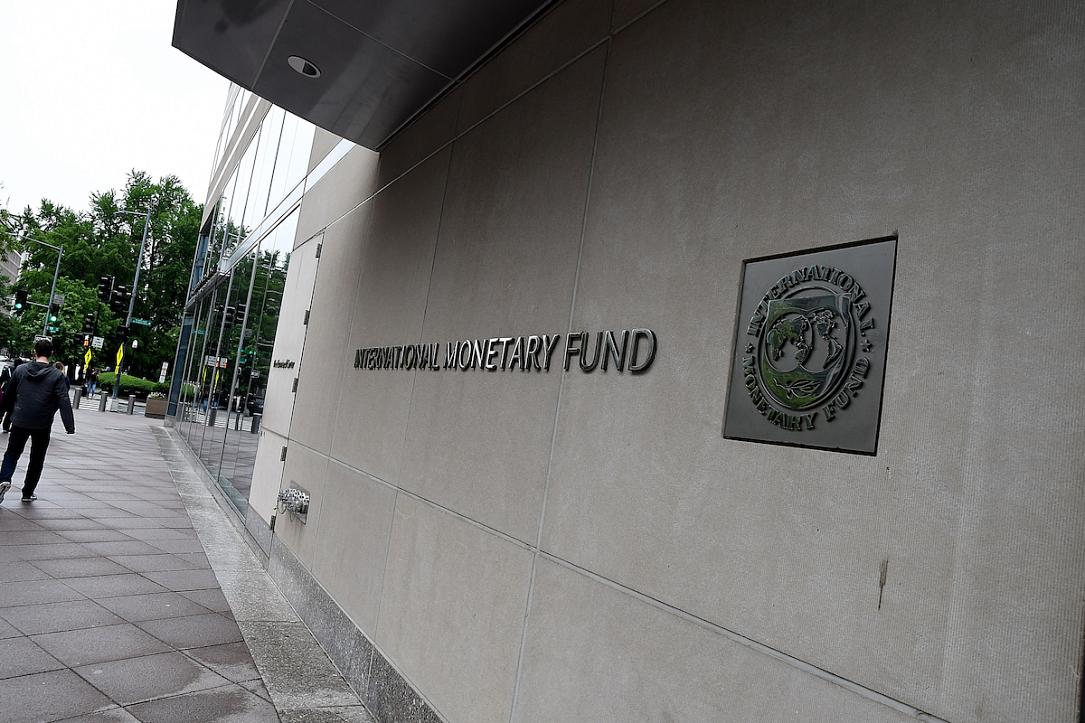IMF confirms inflation, CA gap as issues to be addressed by Romanian policymakers



The International Monetary Fund (IMF) worsened its projection on Romania's inflation and particularly current account (CA) deficit in 2023 under the World Economic Outlook (WEO) published on October 11, after it highlighted the two issues as key challenges for local policymakers during the summer under Article IV Consultations.
The Fund is less bullish on Romania's growth this year, but it expects no hard landing in 2023 (as other analysts, including those of rating agency Fitch). The IMF expects Romania's economy to rise by only 4.8% this year - versus much more optimistic projections of the independent analysts, and it has reduced the GDP growth forecast for next year to 3.1% from 3.4% previously.
At the same time, the Fund worsened its projections for the global economy in 2023, estimating only 2.7% growth, compared to 2.9% as it estimated in July and 3.8% in January. The report states that there is a 25% chance that GDP growth will be just below 2% globally next year.
The IMF sees inflation and the current account gap as key macroeconomic issues to be addressed by Romania. This is in line with the findings published in the recent Article IV Consultation conclusions in September when the Fund's Board confirmed recommendations facilitated by Romania's robust GDP growth and oriented towards the two main challenges: inflation and the widening external balance.
Namely, the IMF recommends further raising the policy rates (Romania operated such a rate hike meanwhile) to prevent the entrenching of inflationary pressures and the emergence of a wage-price spiral and gradually moving toward a more flexible exchange rate (this hasn't happened yet) to address the weakening of external competitiveness and the rising current account deficit.
Under the WEO, the Fund revised significantly upward its estimates regarding the advance of consumer prices in the country both for this year, from 9.3% to 13.3%, and especially for next year, from 4% to 11%. When it comes to yearend inflation, the IMF forecasts 14.7% for this year compared to the 13.9% official forecast of the National Bank of Romania (BNR) and 7.7% a year later (7.5% under BNR's scenario).
The Fund also revised upwards its estimates regarding Romania's current account deficit from 7% to 8.4% of GDP this year, followed by a slight reduction to 8% of GDP in 2023, compared to a more optimistic expectation ( 6.5% of GDP) estimated in the spring. The 2022-2023 CA forecast has visibly worsened from the Fund's latest projection in June (7.7% and 7.4% of GDP, respectively).
iulian@romania-insider.com
(Photo source: Deanpictures/Dreamstime.com)